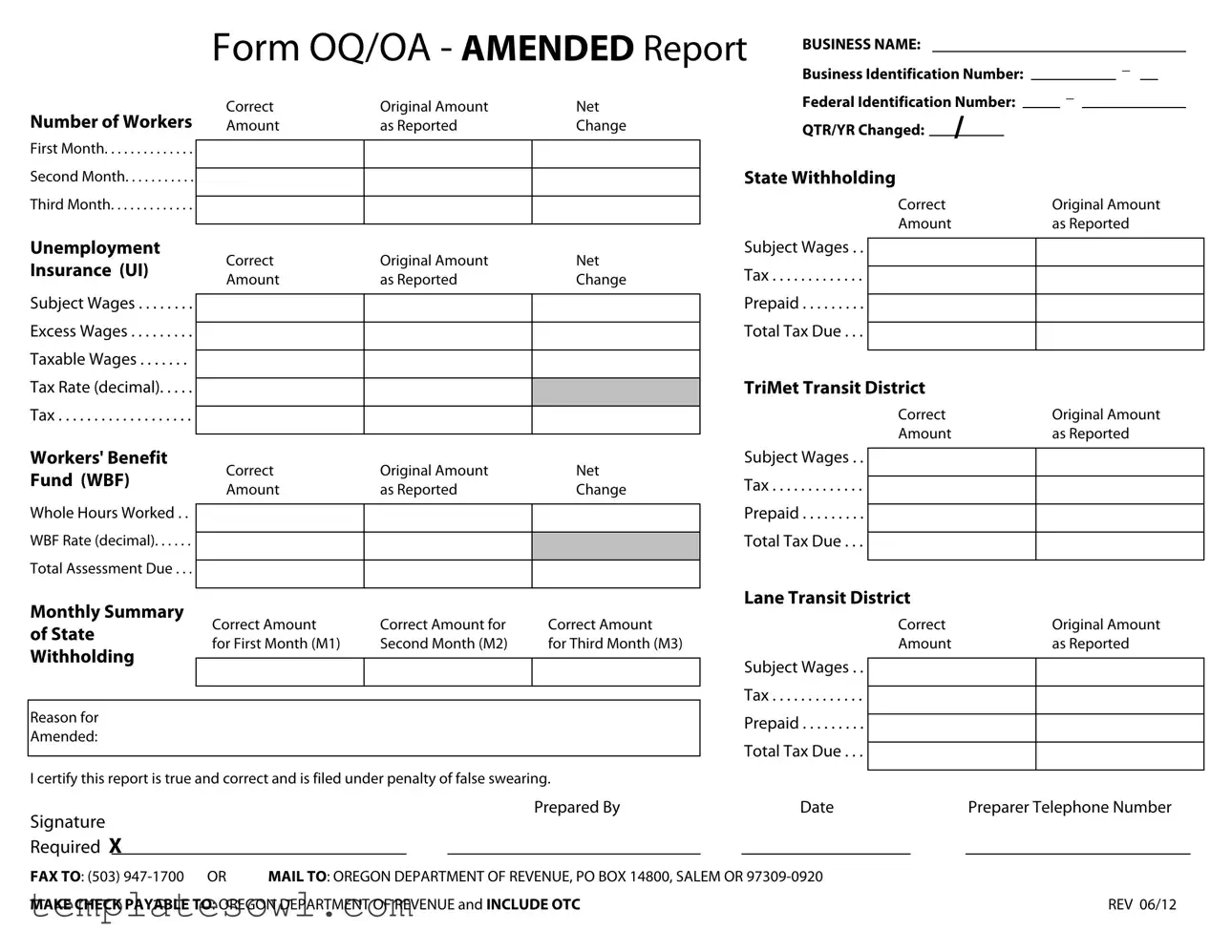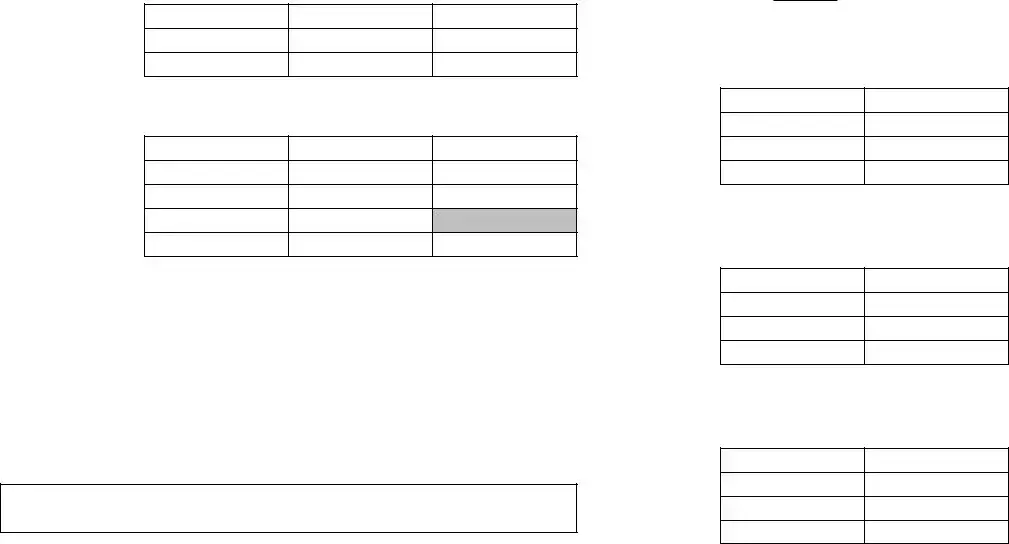What is the purpose of the Oq form?
The Oq form is used to report and amend unemployment insurance and state withholding information for businesses operating in Oregon. It helps ensure accurate documentation of employees' wages and the taxes owed on those wages.
Who needs to fill out the Oq form?
Any business in Oregon that employs workers is required to fill out this form, especially if there have been changes in the reported wages or tax information. This applies to various industries and sectors, regardless of the size of the business.
How do I obtain the Oq form?
The Oq form can be accessed online through the Oregon Department of Revenue website. You can also request a physical copy by contacting their office directly. Make sure to use the most recent version to ensure compliance.
When is the Oq form due?
Typically, the Oq form must be submitted by the last day of the month following the end of each quarter. However, if you are making an amendment, be sure to check if there are specific deadlines for submitting corrections.
What information do I need to complete the Oq form?
You will need your business name, business identification number, federal identification number, and accurate wage information for each month being reported. It is also necessary to provide details regarding any tax payments made and the corresponding amounts.
What should I do if I made an error in my initial filing?
If you find an error in your initial filing, you should fill out the Oq form to amend the report. Clearly mark the section that indicates you are making a correction, and provide the correct figures as instructed on the form.
Can I submit the Oq form electronically?
Currently, the Oq form must be submitted via fax or traditional mail to the Oregon Department of Revenue. Ensure that you follow the directions provided on the form for proper submission.
What happens if I don’t file the Oq form?
Failure to file the Oq form can result in penalties and interest on unpaid taxes. It may also lead to issues with your business’s tax compliance status, potentially impacting your ability to operate smoothly.
How can I check the status of my Oq form submission?
You can check the status of your submission by contacting the Oregon Department of Revenue directly. Be prepared to provide relevant information, such as your business name and identification number, to facilitate the inquiry.
What are the penalties for false reporting on the Oq form?
Submitting false information on the Oq form is considered a serious offense. Penalties may include fines, interest on taxes owed, and possible criminal charges for fraud. Always ensure accuracy when completing the form to avoid these consequences.

